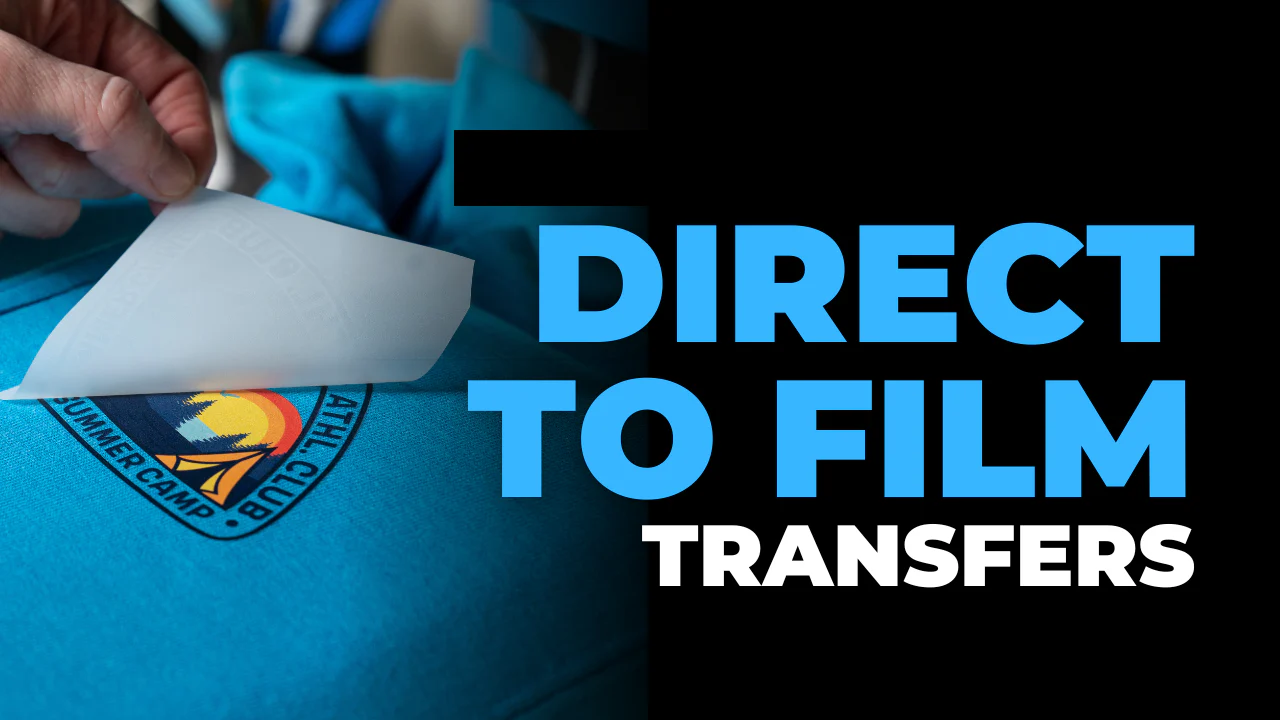The concept of body swap has fascinated people for centuries. Whether in literature, folklore, or modern-day films, the idea of exchanging bodies with someone else sparks both curiosity and wonder. From the desire to understand another person’s life to the excitement of experiencing a completely different reality, body swap scenarios highlight the complexity of identity, empathy, and human imagination.
A Historical Perspective on Body Swap
The idea of switching bodies is not new. Ancient myths often describe gods or supernatural beings taking human form to experience mortal life. Folklore across cultures also features stories where two individuals magically exchange appearances, often leading to comedic or moral lessons. These tales served as metaphors for empathy—encouraging people to think about what life is like from someone else’s perspective.
In the 20th century, body swap themes entered popular literature and cinema. Books and films portrayed characters who wake up in a new body, sometimes through magical means, other times due to futuristic science. The most famous examples include movies like Freaky Friday, where a mother and daughter exchange bodies and learn valuable lessons about understanding each other’s struggles.
Body Swap in Modern Entertainment
Today, body swap continues to be a recurring theme in movies, TV shows, anime, and even online storytelling platforms. Audiences enjoy these stories because they combine humor, drama, and mystery while raising deep questions:
- What does it mean to be “you”?
- Is identity tied to the mind, the body, or both?
- Would living in someone else’s body change your perspective forever?
Many films use body swap plots to explore family dynamics, friendships, and even romance. By walking in someone else’s shoes—literally—characters develop empathy and often resolve conflicts that seemed impossible before.
Technology and Virtual Body Swapping
While real-life body swap isn’t scientifically possible, modern technology has created experiences that mimic the idea. Virtual reality (VR) and artificial intelligence (AI) now allow users to feel what it’s like to see through another person’s perspective.
For instance, VR projects enable users to enter avatars that look completely different from their own bodies. By controlling this digital version of themselves, people can experiment with gender, age, or even species identity. This has applications not only in entertainment but also in education, therapy, and training.
AI has also played a role in creating body swap-like experiences through face-swapping apps, video editing tools, and immersive storytelling platforms. Websites such as vidwud.com showcase advancements in AI-powered creativity, offering tools that merge imagination with cutting-edge technology.
Psychological and Social Lessons from Body Swap Stories
One of the most valuable aspects of body swap tales is the psychological and social lessons they teach. These stories force characters—and audiences—to think beyond personal biases. For example, when two people from different social backgrounds switch lives, they gain insights into challenges they might have dismissed before.
This mirrors real-life concepts in psychology, such as empathy development and perspective-taking. By imagining ourselves in another’s position, we become more compassionate and understanding. Body swap narratives provide a playful but meaningful way of practicing this empathy.
Popular Body Swap Genres and Audiences
Different audiences enjoy body swap stories for different reasons:
- Teen audiences are drawn to body swap comedies that involve high schoolers switching roles with parents or peers.
- Adult audiences often prefer deeper explorations of identity, such as stories where a swap forces characters to face hidden truths.
- Anime and fantasy fans love supernatural body swap tales involving magic, reincarnation, or parallel universes.
Each version of the story caters to unique emotions—laughter, suspense, or reflection—while keeping the central theme intact: discovering the world from another’s body.
Body Swap in Online Communities
With the growth of online storytelling platforms, fanfiction, and AI-based creative tools, body swap has become a favorite theme in digital spaces. Writers and creators experiment with endless variations, from romantic plots to thrilling adventures. The internet has made it easier for people across the globe to share their own body swap fantasies and experiences, keeping the genre alive and evolving.
The Future of Body Swap Concepts
Looking ahead, it’s clear that body swap ideas will continue to inspire creativity. As AI and VR advance, we may see even more immersive ways to experience life from another’s perspective. Imagine entering a simulation where you not only see through someone else’s eyes but also feel their physical sensations. This could transform education, therapy, and even social awareness programs.
At the same time, ethical questions will arise. How much identity-sharing is too much? Could these technologies blur the lines between reality and fantasy? Just like in classic stories, the fascination with swapping bodies will remain balanced with cautionary lessons about identity, privacy, and respect.
Conclusion
The allure of body swap lies in its ability to mix fantasy with profound human truths. Whether told through ancient myths, modern films, or futuristic AI-driven tools, body swap stories remind us of the importance of empathy, understanding, and perspective. As technology continues to evolve, the dream of temporarily living in someone else’s body may never fully become reality, but the lessons these tales provide will remain timeless.
You May Also Read: Discover the Benefits of Free Talking Photo and Lip Sync AI



















